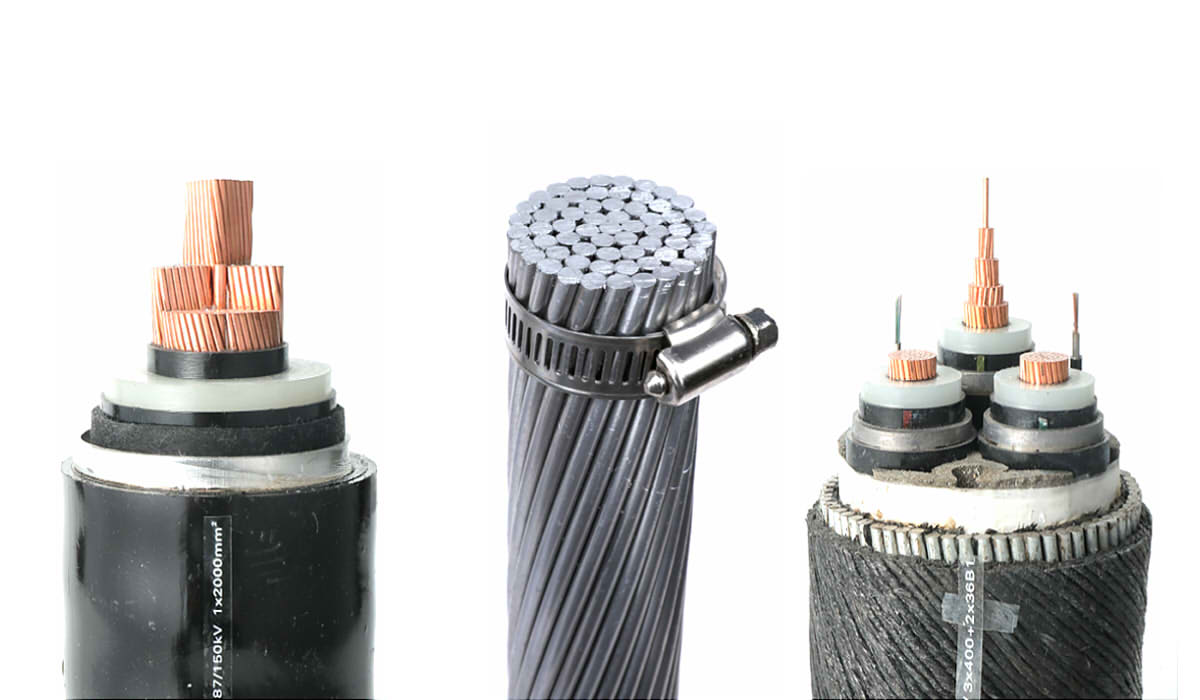High-voltage conductors play a critical role in the efficient and safe transmission of electrical power over long distances.. These special cables are designed to withstand high voltages and carry large amounts of electricity., allowing energy to be brought from the generating plants to the places where it is needed.
ZMS will help you understand the different types and characteristics of high voltage conductors. This will make it easier for you to choose the most suitable high voltage cable..
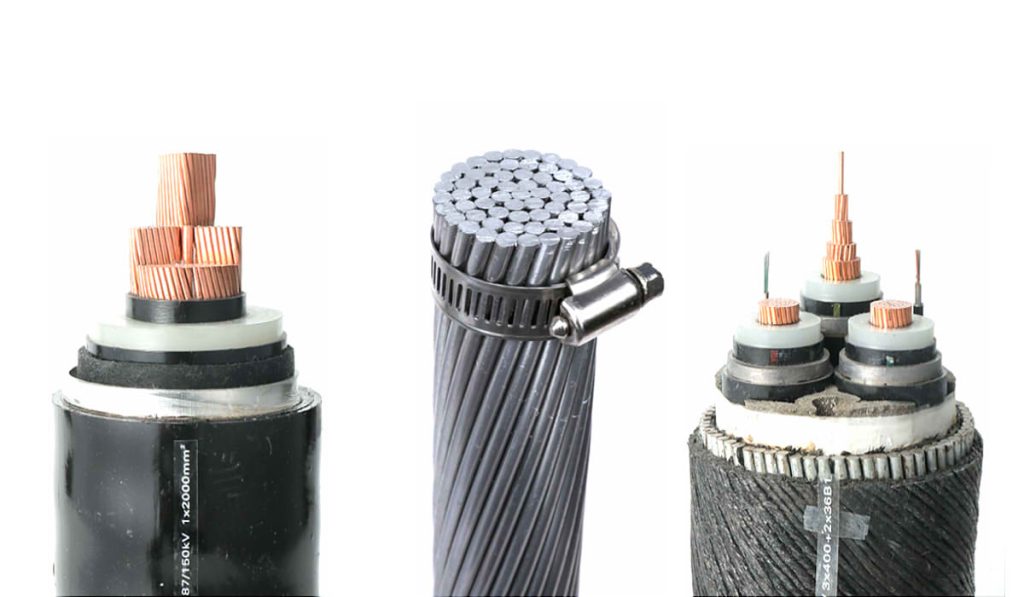
Table of Contents
What is High Voltage Conductor?
High voltage generally refers to voltages above 35 kV. In some places, 1kV-35kV medium voltage cables are also called high voltage cables. These high voltages are necessary to transmit large amounts of electrical power over long distances efficiently.. Los conductors for high voltage cables are key elements in this transmission, since they allow minimizing energy losses and guaranteeing a reliable supply.
high voltage levels
There are different levels of high voltage depending on specific standards and regulations. Some of the common voltage ranges include the following.
High voltage (AT): Refers to voltages ranging from 35 kV y 69 kV. High voltage conductors are widely used in power distribution systems in urban and rural areas..
extra high voltage (EAT): It is in the range of 69 kV a 230kV. EAT conductors are mainly used in long-distance power transmission, network interconnection and supply to large industries.
ultra high voltage (UAT): It includes voltages ranging from 230 kV up to several hundred kV. UAT conductors are used in long-distance power transmission projects, as interconnection lines between countries or regions.
The higher the voltage rating of the conductor, the greater its thickness?
In fact, there is no direct relationship between the thickness of a conductor and its voltage. According to Ohm's law I = U/R, the higher the tension, the smaller the current it transmits. The purpose of high voltage transmission is to reduce the current. The greater the cross section of a conductor, the greater the current it can carry. And by reducing the current it is possible to use a finer conductor.
During the actual transmission of electricity, the current distribution tends to be close to the surface of the conductor due to the effect of the electromagnetic field. In this case, thickening the conductor reduces the impedance. Nevertheless, conductors that are too heavy can make towers unsustainable or cause the cost of cable to skyrocket.
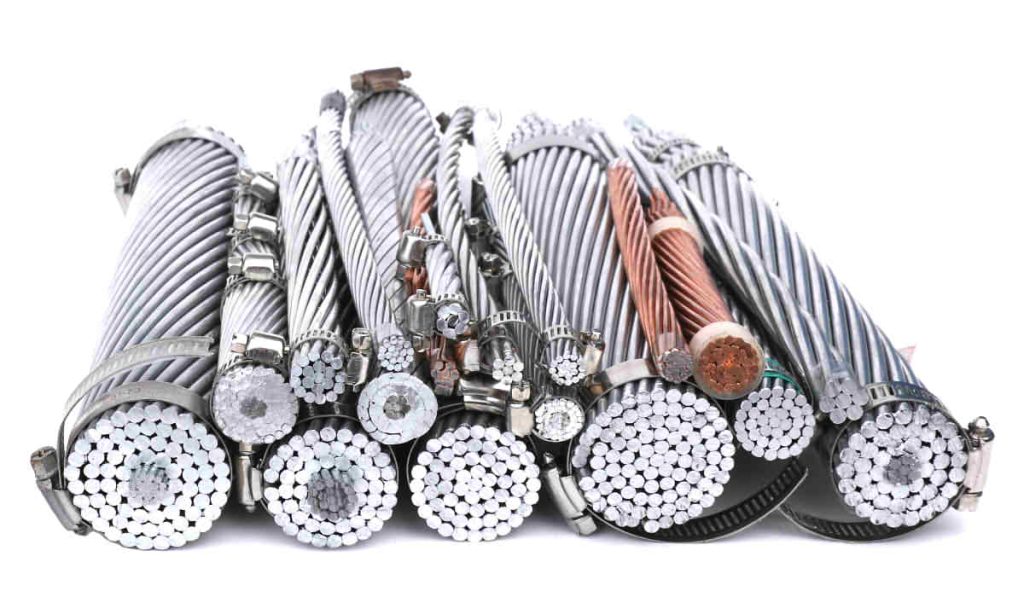
Why are split conductors often used in high voltage cables??
Split conductors are used to increase the transmission efficiency of high voltage cables. Due to the film effect, the key to reducing impedance is to increase the circumference of the wire. Using multiple stranded conductors to carry power that would otherwise be carried by a single conductor can increase the equivalent radius of the cable. At the same time, can reduce the amount of material used.
For example, if four split stranded conductors are used instead of the original conductor of 16 cm thick, only four conductors are needed 2 cm. And the total weight of this high tension cable is 1/4 from the original solution.
Types of High Voltage Conductors
Overhead high voltage conductors
There are several types of overhead conductors used in high voltage transmission.. Some of the most common are the following.
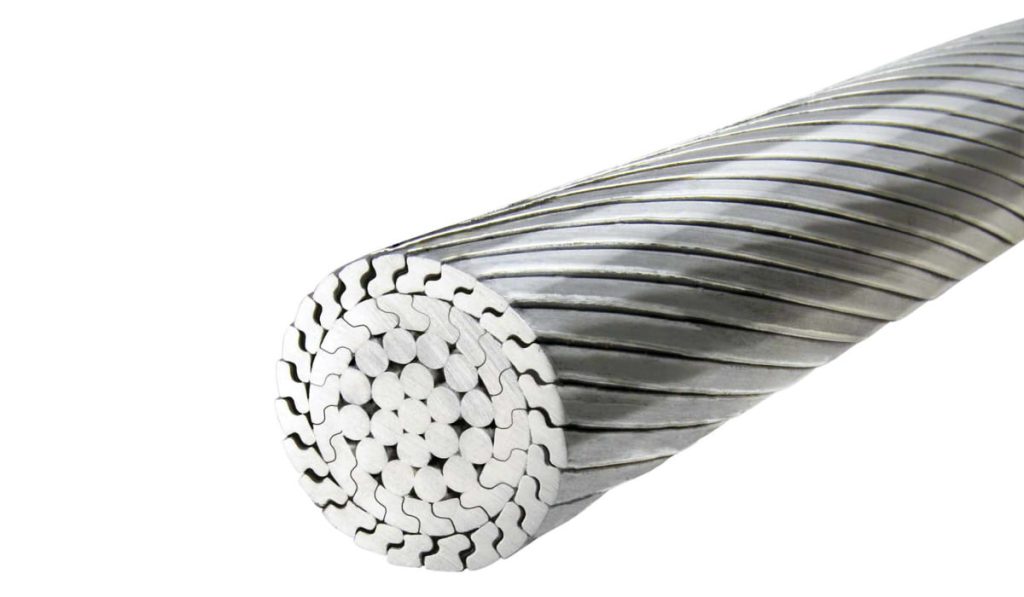
aluminum wires
These conductors are mainly composed of aluminum and are widely used due to their light weight., good electrical conductivity and corrosion resistance. Los aluminum cables offer excellent cost-performance ratio. This makes them a popular choice for overhead electric power transmission..
aluminum alloy cables
These conductors are made of an aluminum alloy that can include other elements such as silicon., copper and magnesium. The incorporation of these alloys improves the mechanical characteristics of the pure aluminum conductor., such as fatigue resistance and the ability to support heavier loads. Aluminum alloy cables are ideal for situations where higher load capacity and greater resistance to harsh weather conditions are required..
reinforced steel cables
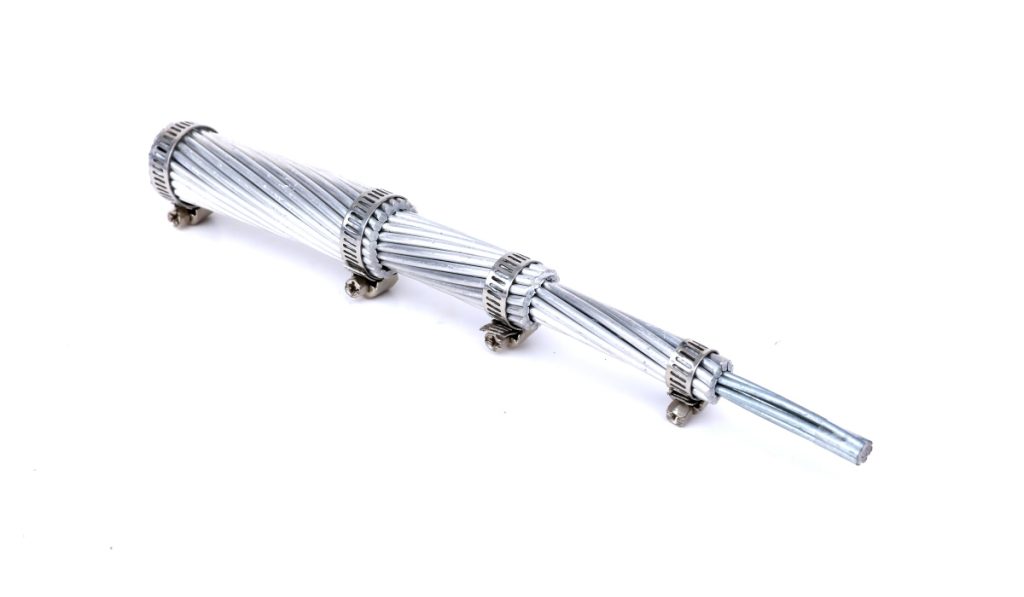
These drivers like ACSR conductors They are made up of a steel core covered by concentric layers of aluminum. The combination of steel and aluminum provides high mechanical resistance and allows it to withstand higher stresses. Steel reinforced cables are particularly suitable for areas where severe weather conditions are expected., like strong winds or ice.
Usually, Overhead conductors are widely used in high voltage transmission due to their relatively low cost., ease of installation and maintenance, and ability to withstand different weather conditions. The choice of the type of overhead conductor will depend on factors such as the transmission distance, the required load capacity and mechanical strength requirements.
High voltage underground conductors
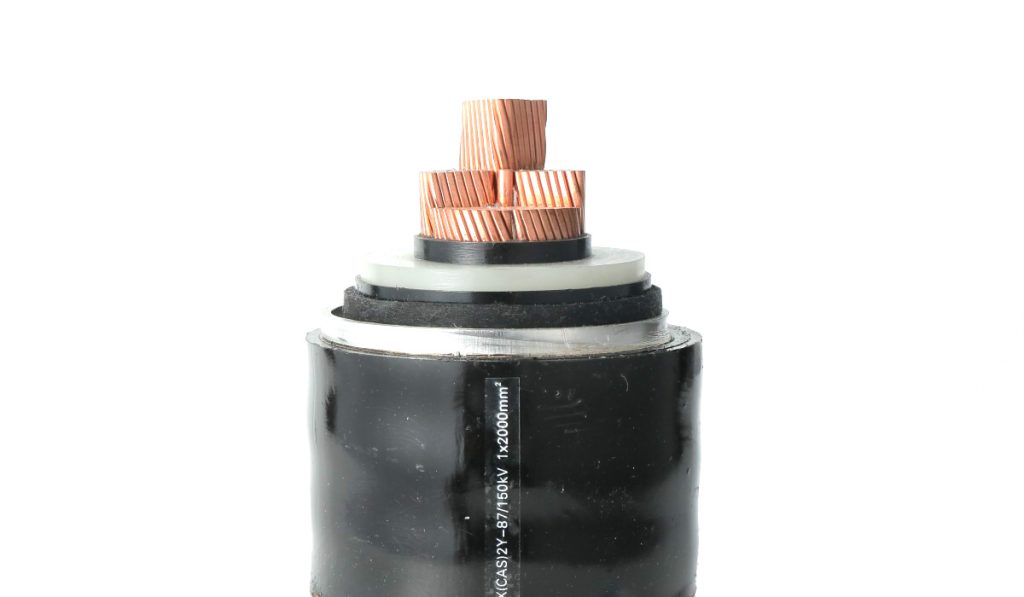
Usually, High voltage conductors are aerial and there are rarely high voltage underground cables. This is because, as air is an insulator and earth is a conductor. So, all underground cables need insulation to prevent power leakage. The cost of insulating high voltage underground cables is so high that they are only used in a part of the municipalities of large cities.. Underground high voltage conductors basically use copper conductors, which have higher transmission efficiency than aluminum conductors. when they tend, high voltage underground cables are often laid in trenches to reduce transmission losses.
Special high voltage conductors
In addition to overhead and underground conductors, there are other types of high voltage conductors used in specific cases. The most common are HVDC submarine cables.
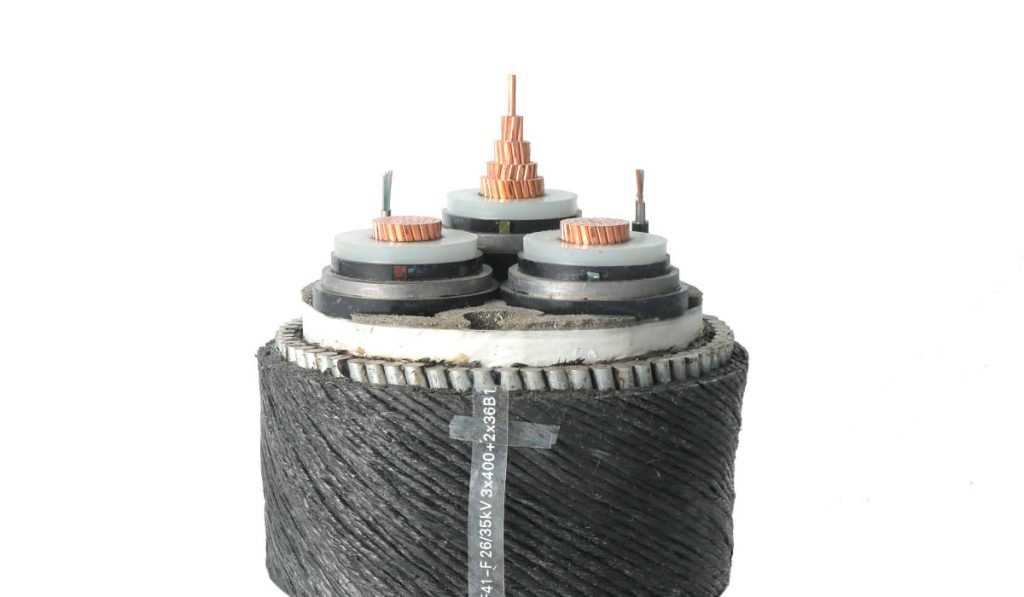
Los HVDC (High-Voltage Direct Current) submarine cables are one of the most common types of high voltage conductors used in specific cases. These cables are specially designed for the transmission of direct current over long underwater distances..
These special high-voltage conductors are built with high-quality materials and insulation that make them resistant to marine conditions., including water pressure, corrosion and electromagnetic interference. Besides, They are designed to withstand high DC voltages and maintain stable transmission over underwater distances..
Resume
In conclusion, High voltage conductors play a critical role in the efficient and reliable transmission of large amounts of electrical power over long distances.. The different types of drivers, whether they are aerial, underground or special, offer specific features and benefits that make them suitable for different applications.
From overhead transmission with aluminum cables to HVDC submarine cables, each type of conductor is designed to meet the technical and environmental requirements of its environment. With the advancement of technology and the increasing demand for energy, high voltage conductors will continue to evolve to ensure efficient and sustainable transmission of electricity.

